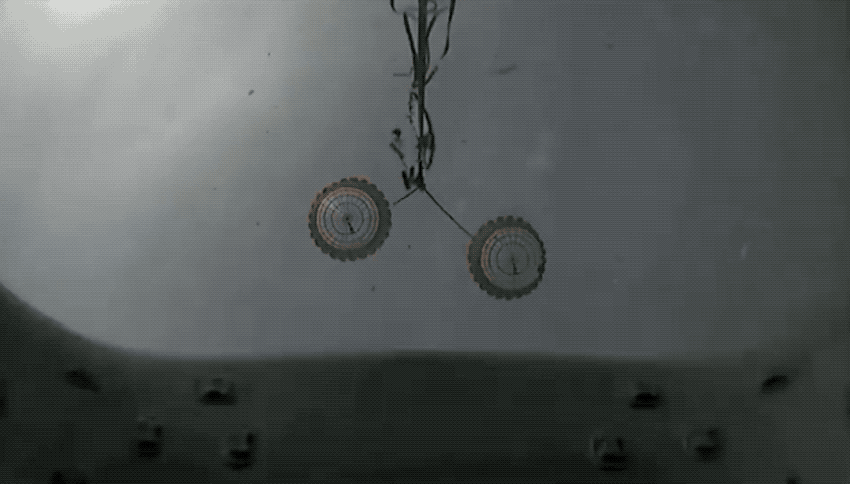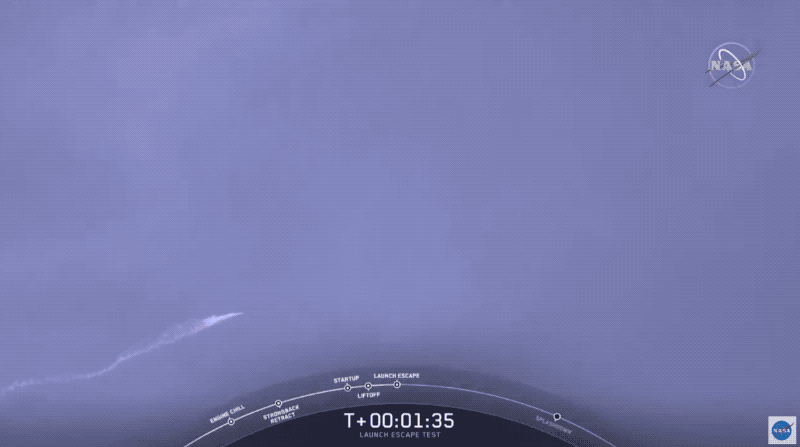SpaceX successfully completes key test of its Crew Dragon human spacecraft
SpaceX completed a crucial test of a key safety system of its Crew Dragon spacecraft today. The test involved launching its Crew Dragon using a Falcon 9, though without any actual crew on board. The launch was then intentionally cut short, with the In-Flight Abort (IFA) system triggered to separate the Crew Dragon from the rocket about about a minute and a half into the launch process.
As intended, the Dragon capsule used its eight Super Draco engines to quickly move itself away from the rocket, which in a real mission would ensure the safety of the astronauts on board the vehicle in case of any unexpected failure of the rocket. The Crew Dragon’s engines can propel it half a mile in just 7.5 seconds, exerting up to 4 Gs (4x the force of Earth’s gravity) on astronauts during this acceleration.
The Crew Dragon then deployed its parachutes once it reached a safe distance, and descended to the Atlantic Ocean for splashdown, where crews are in the process of recovering the capsule. In a real emergency scenario, an elite Air Force rescue team would deploy as quickly as possible to rescue the crew, for but this demo, the recovery could take two hours or more since the main objective is recovering the capsule intact, safely.
The Falcon 9 rocket used her had flown on three previous missions, and was in fact the first booster produced as part of SpaceX’s run of human-rated variants of the Falcon 9 design. As intended, the Falcon 9 broke up once the Crew Dragon ejected, with the on-board fuel generating a pretty impressive explosion.
This isn’t the first time SpaceX has demonstrated that its Crew Dragon system is nearly ready for human flight. It performed a successful pad abort test in 2015, which demonstrated that it could cancel the launch as intended before actual liftoff, in a safe manner. The Crew Dragon’s Super Dracos were also successfully tested in November of last year with a static test fire on the ground. SpaceX also encountered a fatal error during an earlier test of the Super Draco in 2019, but subsequently identified the cause working with NASA and has made changes to ensure that fault isn’t repeated.
SpaceX also performed a full ucnrewed demo mission with Crew Dragon last year, which saw the capsule launch atop a Falcon 9, deploy to orbit, rendez-vous and dock with the International Space Station (ISS) on its own, and then return to Earth. That means it’s checked a lot of the boxes required for actually flying its first astronauts for an initial demonstration mission before it begins commercial service – and that should take place later this year.


No comments
Note: Only a member of this blog may post a comment.